How to Create a Performance Letter Template
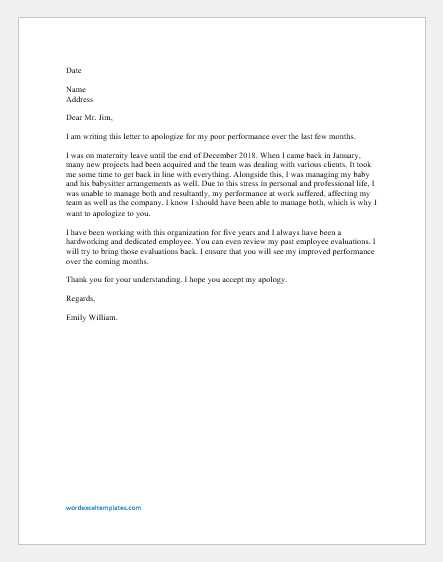
In any professional setting, clear and constructive communication is essential for personal and organizational growth. Whether it’s recognizing achievements or addressing areas for improvement, delivering feedback in a structured manner is key to fostering development. A well-crafted written communication can leave a lasting impact, ensuring the message is both understood and appreciated.
Effective communication of evaluations requires a balance between clarity and tact. The goal is not only to highlight strengths but also to provide guidance for future performance. By organizing thoughts and feedback systematically, you can ensure that the recipient gains valuable insight from the document.
Crafting a personalized document that addresses specific situations or needs can enhance the value of the feedback. Adjusting the content based on the individual’s performance, role, and progress allows for a more tailored and meaningful approach, making the feedback more impactful and actionable.
Understanding the Purpose of Performance Letters
In any workplace, it is essential to communicate assessments of an individual’s work in a way that is clear and constructive. The purpose of such written communications is to offer feedback that supports growth and development, highlighting both achievements and areas where improvement is needed. These documents serve as formal records of progress, helping both the individual and the organization track performance over time.
Another key role of this type of written communication is to ensure that the recipient understands their strengths and challenges. By offering concrete examples and specific recommendations, these documents can guide future efforts and reinforce positive behavior. The objective is not only to assess past work but also to create a foundation for continued success.
Key Elements to Include in a Template
When creating a document to assess an individual’s work, it’s important to include essential components that ensure clarity and provide meaningful feedback. These elements should be organized logically to make the information easy to understand and actionable. Each section plays a crucial role in conveying the message effectively and offering constructive insights.
- Introduction: Briefly introduce the purpose of the document and the time period it covers. This sets the context for the feedback provided.
- Specific Achievements: Highlight key accomplishments, focusing on measurable results and successes. This section reinforces positive behaviors and contributions.
- Areas for Improvement: Address any challenges or areas where the individual can improve. Be clear and provide specific examples to guide growth.
- Recommendations: Offer actionable advice for future development, encouraging continuous improvement and goal-setting.
- Conclusion: Summarize the main points and express a willingness to provide further support or clarification if needed. This helps maintain an open line of communication.
Tips for Writing Effective Feedback
When providing written evaluations, it’s essential to offer feedback that is both constructive and clear. This ensures that the recipient can understand their strengths and areas that need attention. Effective feedback should guide the individual towards improving their skills and achieving future goals while reinforcing positive contributions.
Be Specific and Clear
Avoid vague language and focus on specific actions or outcomes. Instead of general statements like “Good job,” mention particular projects or tasks where the individual excelled. This approach makes feedback more meaningful and actionable.
Maintain a Balanced Tone
Ensure that the feedback is balanced, acknowledging both strengths and areas for improvement. A mix of positive reinforcement with constructive criticism fosters a healthy, growth-oriented conversation. Make sure the tone is professional and supportive to avoid misunderstandings.
Common Mistakes to Avoid in Performance Letters
When crafting written evaluations, it’s important to be aware of common pitfalls that can undermine the effectiveness of the message. Avoiding these errors can help ensure that the feedback is clear, fair, and constructive. Being mindful of tone, clarity, and structure can make a significant difference in how the message is received and acted upon.
Vague or General Statements
One of the most frequent mistakes is using unclear or overly general feedback. Phrases like “Good job” or “Needs improvement” don’t provide the recipient with specific insights on what was done well or where they can improve. It’s crucial to offer concrete examples to help guide the individual’s future actions.
Overloading with Negative Feedback
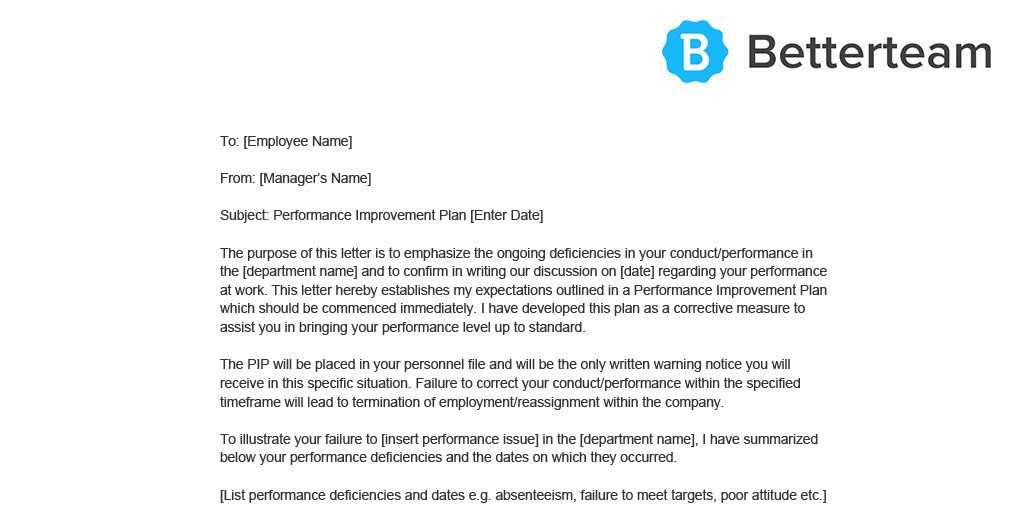
While it’s important to address areas of improvement, focusing too heavily on negative aspects can be demotivating. A balanced approach that includes both strengths and opportunities for growth encourages a more positive and productive outcome.
How to Customize a Template for Your Needs

Customizing a document to suit specific needs can greatly improve its relevance and impact. By tailoring the content, format, and tone, you can ensure that the feedback or evaluation resonates with the recipient and aligns with organizational goals. Adjusting key sections allows for more personalized and actionable communication, making it more effective and meaningful.
Adjusting for the Individual
Start by considering the unique circumstances of the person being evaluated. Modify the language to reflect their role, achievements, and areas for growth. A personalized approach ensures that the feedback feels tailored and specific rather than generic.
Changing the Structure Based on Purpose
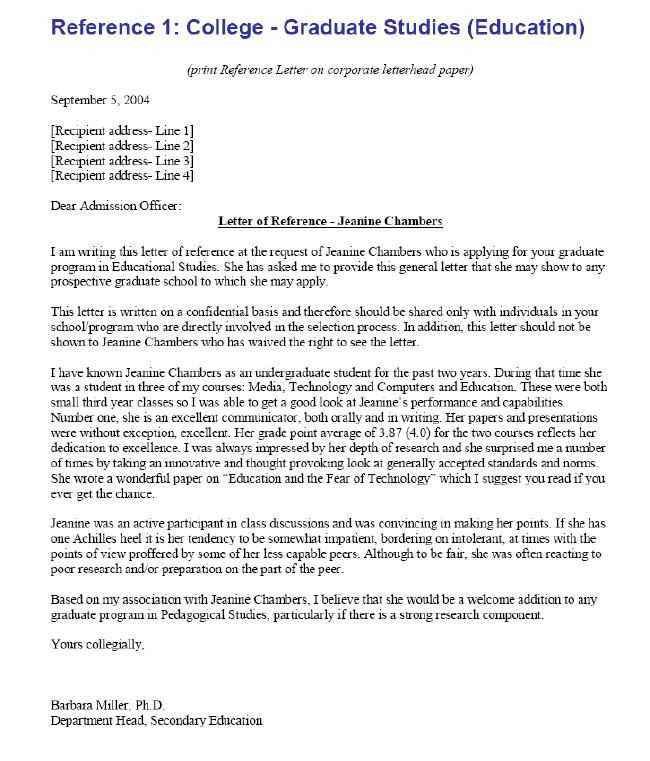
Depending on the goal of the document, you may need to emphasize different sections. For example, if the purpose is to provide constructive criticism, focus more on areas for improvement. Conversely, if the goal is to motivate, highlight strengths and successes. Adapting the structure based on intent makes the document more effective.
Examples of Performance Letter Templates
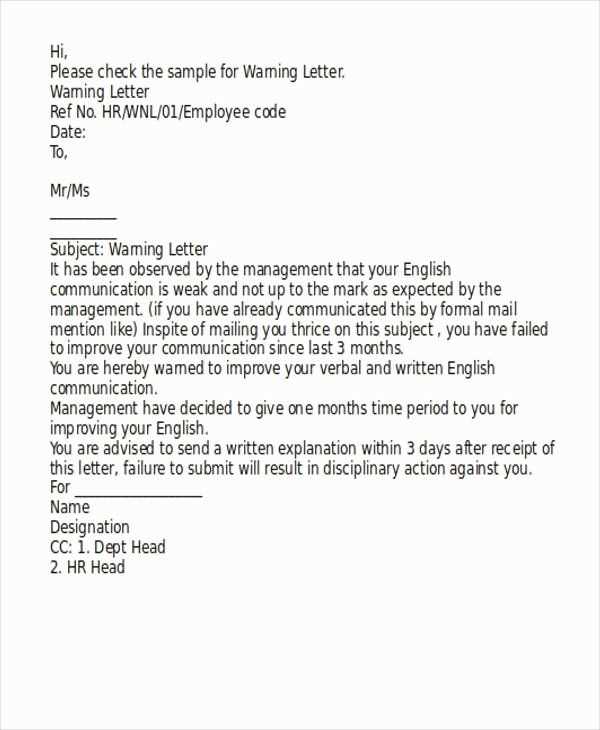
Providing clear and structured written evaluations is essential for effective feedback. Below are examples of various formats that can be used to communicate assessments, each designed for different situations and audiences. These examples can be easily adapted to suit specific needs, ensuring the message is both professional and impactful.
Positive Evaluation Example
This type of document highlights achievements and acknowledges the individual’s contributions. It’s ideal for situations where you want to reinforce excellent performance and motivate continued success. It focuses on strengths, key accomplishments, and the individual’s potential for future growth.
Constructive Criticism Example
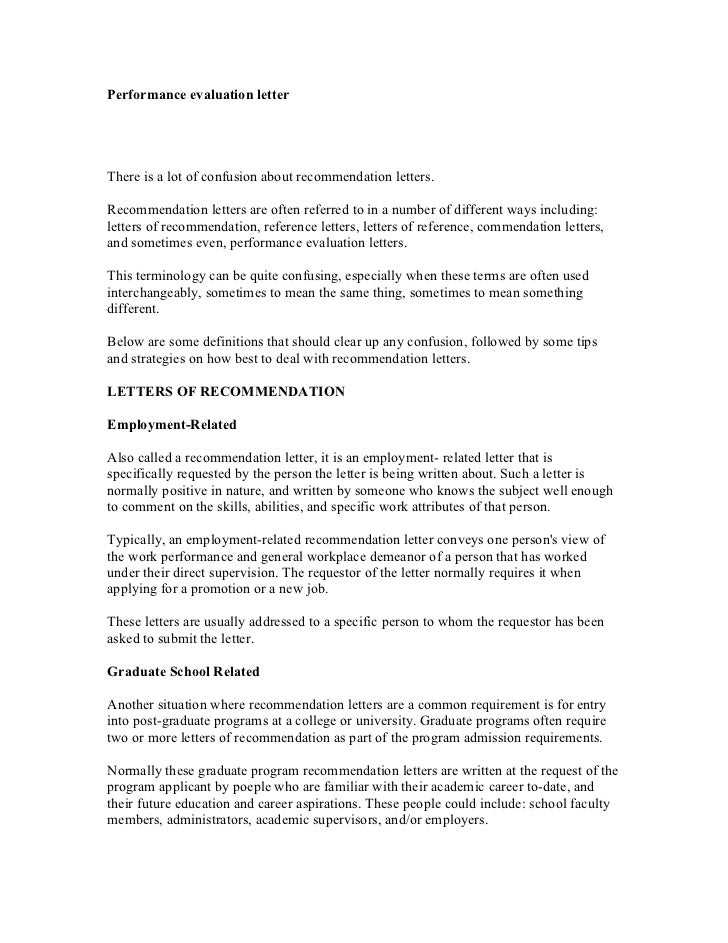
In cases where there are areas that need improvement, this format emphasizes the specific aspects that require attention. While still offering encouragement, it provides clear examples of where the individual can improve and offers guidance on how to make progress. This example is ideal for fostering development and addressing performance gaps.